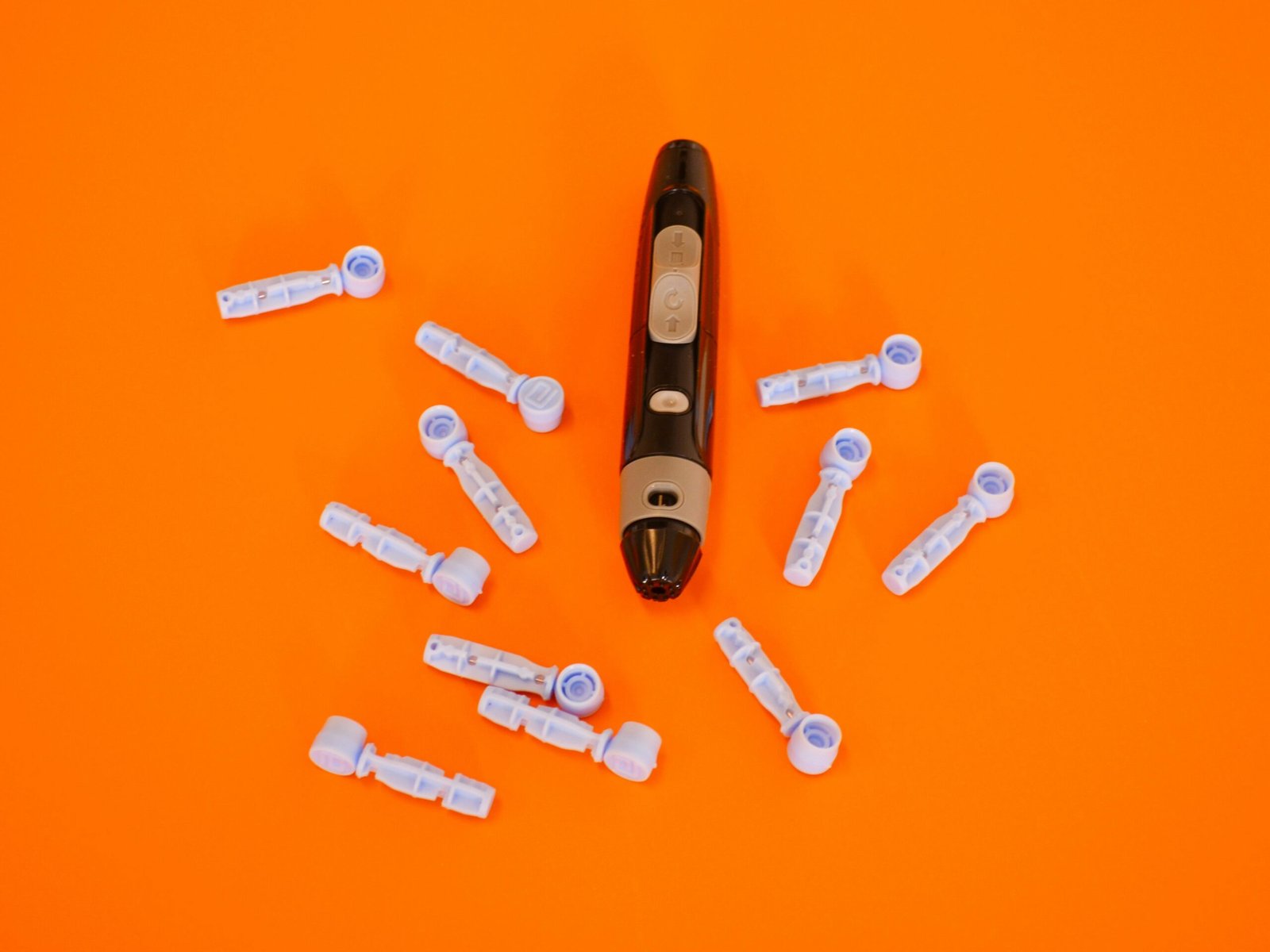Global Insulin Delivery Pen Market Overview
According to a revised industry research report published by DPI Research, a market research and competitive intelligence provider, the global diabetes insulin delivery pen market size was valued at USD 17.7 billion in 2023 and is likely to reach USD 28.7 billion in 2032, expanding at a CAGR of 5.5% during the forecast period. The global insulin delivery pen market has witnessed significant growth in recent years, primarily driven by the increasing prevalence of diabetes worldwide. Insulin delivery pens, which are categorized into two main types—disposable and reusable—have become instrumental in the management of diabetes for patients globally. Disposable pens offer convenience and ease of use, while reusable pens provide economic benefits over time, allowing patients to use multiple insulin cartridges.
In terms of functionalities, modern insulin delivery pens are designed to enhance the user’s experience. Many pens come equipped with features such as dose memory, which allows users to keep track of their recent doses, and meal-time reminders, making diabetes management more effective. Enhanced accuracy and reduced injection pain further contribute to patient preferences, as these devices make insulin delivery more comfortable and efficient compared to traditional syringes.
Key drivers influencing the growth of the global insulin delivery pen market include advancements in insulin delivery technologies. Innovations such as smart pens, which sync with mobile applications to provide real-time data and tracking, are gaining traction among patients. Moreover, the rise in awareness regarding diabetes management and the growing emphasis on patient-centric care are fostering greater acceptance of insulin pens as a preferred mode of therapy.
Alongside technological advancements, the increasing patient preference for convenient and accurate diabetes management solutions is steering market growth. The ease of use associated with insulin delivery pens is appealing to both new and existing diabetes patients, supporting greater adherence to treatment regimens. As this trend progresses, it is expected that the global insulin delivery pen market will continue to expand robustly, driven by ongoing innovations and a shift towards user-friendly healthcare solutions.
Global Insulin Delivery Pen Market Growth Trends and Opportunities
The global insulin delivery pen market has witnessed substantial growth in recent years, propelled by a combination of factors that include technological advancements and increased awareness surrounding diabetes management. One of the most significant trends reshaping the landscape of insulin delivery pens is the advent of smart insulin pens. These innovative devices not only ensure accurate dosing but also offer features such as dose reminders, data tracking, and connectivity with mobile applications, thus facilitating comprehensive diabetes management.
In addition to technological innovations, the expansion of telemedicine has further contributed to the market’s growth. As healthcare increasingly shifts toward remote solutions, telemedicine has provided patients with greater accessibility to diabetes management tools, ensuring timely consultations and follow-ups. This trend has led to a rise in the adoption of insulin delivery pens as patients seek to optimize their diabetes care remotely. Furthermore, emerging partnerships and collaborations between pharmaceutical companies and technology firms are opening new avenues for product development, thereby enhancing the market potential.
The COVID-19 pandemic has also left a mark on the insulin delivery pen market dynamics. The health crisis has engendered a heightened awareness about chronic diseases, prompting individuals to prioritize their health management. In turn, this has fueled demand for user-friendly and effective insulin delivery solutions. Moreover, the pandemic has sped up the adoption of digital health solutions, allowing for more seamless integration of insulin delivery pens with telehealth services. As a result, the current landscape of the market is multifaceted, characterized by significant growth opportunities driven by innovation, changing patient practices, and evolving healthcare delivery methods.
Global Insulin Delivery Pen Market Competitive Landscape and Market Share
The global insulin delivery pen market is characterized by a diverse range of key players, each vying for a significant share of the evolving landscape. Major companies such as Sanofi, Novo Nordisk, Eli Lilly, and BD are leading contributors, with their innovative product offerings and strategic initiatives helping to shape market dynamics. These industry giants command considerable market shares, largely due to their continuous investment in research and development aimed at enhancing insulin delivery technologies.
Competition in the insulin delivery pen market is intensified by various strategies, including mergers and acquisitions, partnerships, and product innovations. Companies are increasingly pursuing collaborative ventures to leverage complementary strengths, thereby creating more comprehensive solutions for patients. For example, partnerships between pharmaceutical firms and technology companies are enabling the integration of digital capabilities into insulin delivery pens. Such advancements not only improve user experience but also enhance monitoring and adherence among diabetic patients.
Furthermore, product innovation remains a crucial driver for growth in this sector. Manufacturers are focusing on the development of next-generation pens that feature user-friendly designs, smart technology, and enhanced safety mechanisms. These innovations aim to address the specific needs of different patient demographics while improving the overall efficacy of diabetes management.
Geographically, the competitive landscape varies significantly, with distinct market dynamics in North America, Europe, and Asia-Pacific. North America, primarily driven by high healthcare expenditures and increasing diabetes prevalence, holds a substantial market share. Conversely, Asia-Pacific is witnessing robust growth, spurred by rising awareness and expanding healthcare infrastructure. As regional markets continue to evolve, companies must adapt their strategies accordingly to capture emerging opportunities and navigate challenges effectively.
Future Outlook and Forecast
Shifts in consumer preferences also play a significant role. As technology advances, patients increasingly favor insulin delivery systems that offer enhanced features, such as smart capabilities, dosing accuracy, and ease of use. These preferences indicate a growing demand for innovative pen designs that incorporate user-friendly functionalities. Companies that prioritize research and development will likely align their offerings with consumer needs, thus enhancing market competitiveness.
However, the insulin delivery pen market faces several challenges. Pricing pressures imposed by payers and healthcare systems may affect profitability for manufacturers. Furthermore, navigating regulatory hurdles could impede the speed at which new products are introduced to the market. Additionally, competition from alternative therapies, including insulin pumps and non-invasive administration techniques, will exert pressure on insulin delivery pen manufacturers to innovate consistently.
To effectively navigate these challenges and capitalize on emerging trends, market players must adopt strategies that focus on differentiation and value creation. Collaborations with healthcare providers for education and awareness can also bolster product acceptance among consumers. By positioning themselves to respond agilely to changing market dynamics, stakeholders in the insulin delivery pen market can enhance their growth prospects and capture a larger share of the evolving market landscape.











